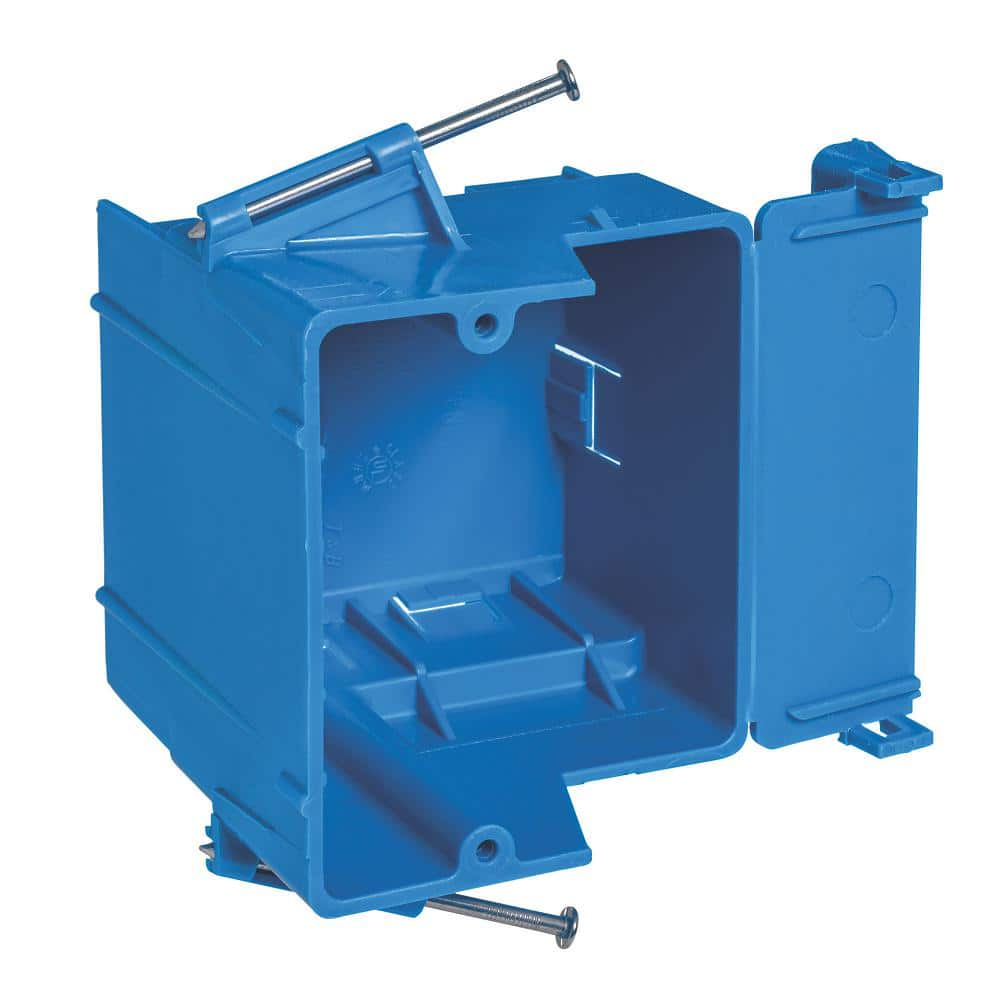Carlon B125AB
these boxes are pretty cool:
>single gang with steel stud mount or wood stud nails
>convertible from new construction to remodeler box
>internal provisions for drywall screw mounting - both vertically and horizontally
>best of all, the box nub is set to 1/2" unlike other carlon boxes that are set at 3/8"
>claims wire volume for 11 #12's. That's ground shattering for a single gang box i feel
Inside the box is stamped this:
24.5 cubic inches
12 #14
11 #12
10 #10
So my understanding of conduit wire fill and box wire fill is that the .8 remainder rule of rounding up doesn't apply to boxes, only conduits. Correct me if I'm wrong or something, but how can the manufacturer divide 2.25 (fill allowance for #12) into 24.5 (box cubic volume) and not get 10.8? Wouldn't you need to drop the .8 and be left with 10 #12's; not the manufacturer's claim of 11 #12's?
Looking at the 12 #14 shows that the remainder of .25 correctly got dropped. But looking at the 10 #10 shows the same .8 again got rounded up. Does anyone have insight to what is going on here?



